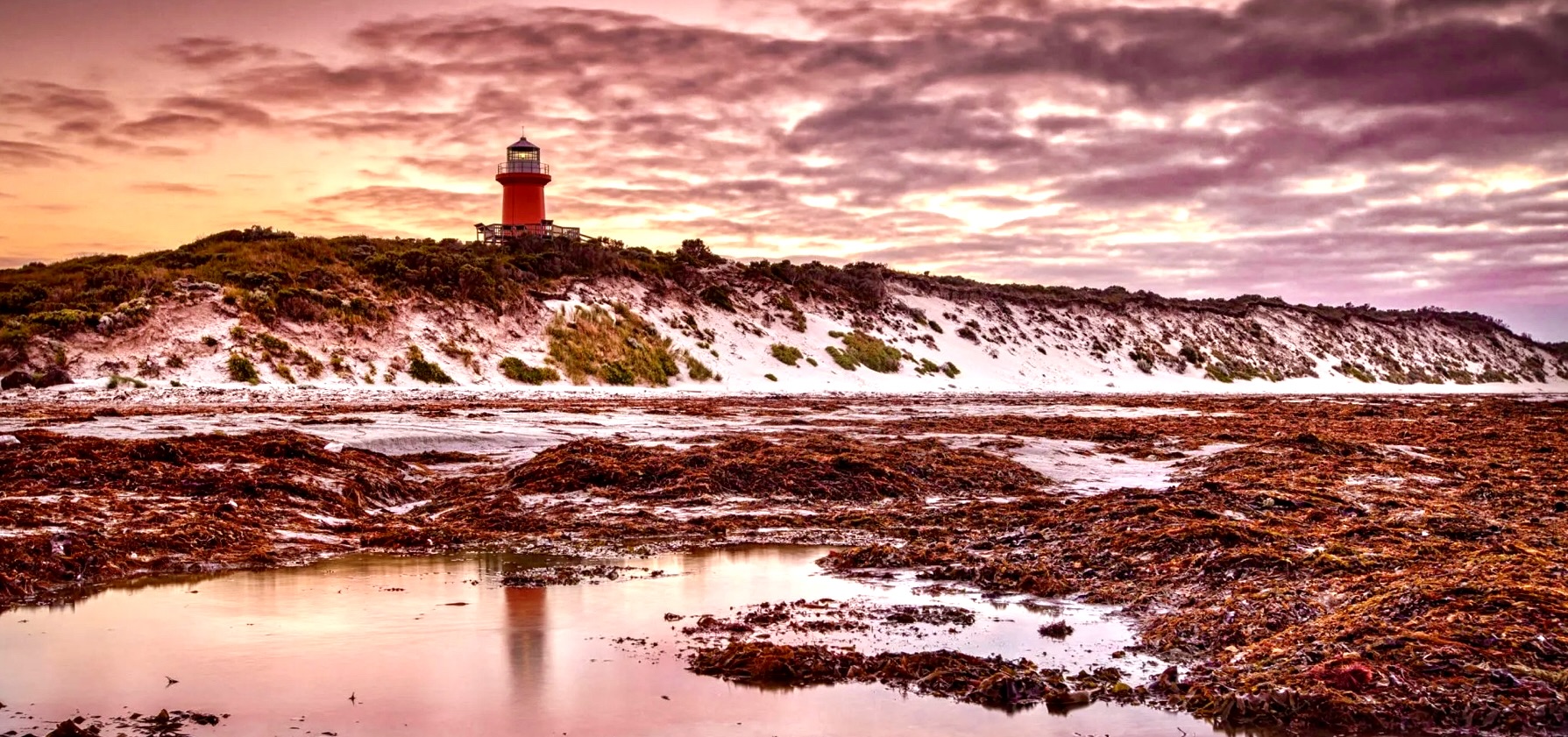
Cape Banks Lighthouse stands as South Australia’s modest yet historically significant coastal sentinel, having guided mariners safely around treacherous waters since January 1, 1883. Located on an unnamed headland 2.5 kilometres northwest of Carpenter Rocks, this compact limestone tower was constructed using recycled optical equipment from the demolished Cape Northumberland Lighthouse, exemplifying colonial resource efficiency.
The lighthouse’s establishment was driven by urgent safety needs following numerous shipping casualties along this hazardous coastline. The location was recognized as one “where so many shipping casualties have occurred”, with rocky reefs, unpredictable currents, and frequent storms creating deadly conditions for vessels navigating South Australia’s growing maritime trade routes. Construction commenced in 1882 under Goss & Lambert of Mount Gambier for approximately £3,000, creating a comprehensive lighthouse complex including the tower, storage facilities, and two keepers’ cottages.
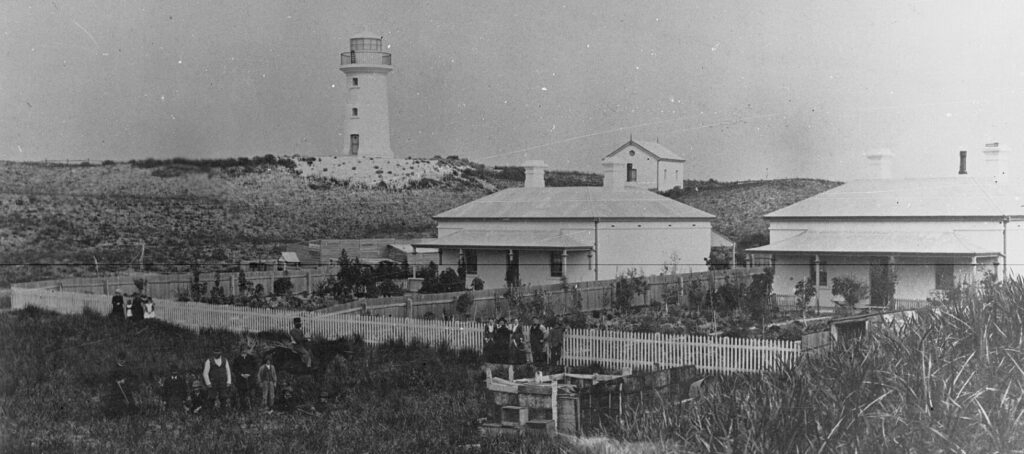
The most tragic maritime disaster in the region was the passenger steamer SS Admella, wrecked on a reef near Cape Banks in 1859 during a journey from Port Adelaide to Melbourne. Of the 113 persons on board, 89 died including 75 adults and 14 children, with only 24 survivors. This remains the greatest loss of life in the history of European settlement in South Australia, with only one woman, Bridget Ledwith, among the survivors. The disaster highlighted the urgent need for navigation aids in these waters, directly influencing the eventual construction of Cape Banks Lighthouse two decades later. A shipwreck is still visible close to shore on Lighthouse Bay, just down the beach from the Cape Banks Lighthouse, serving as a permanent reminder of the area’s maritime dangers.
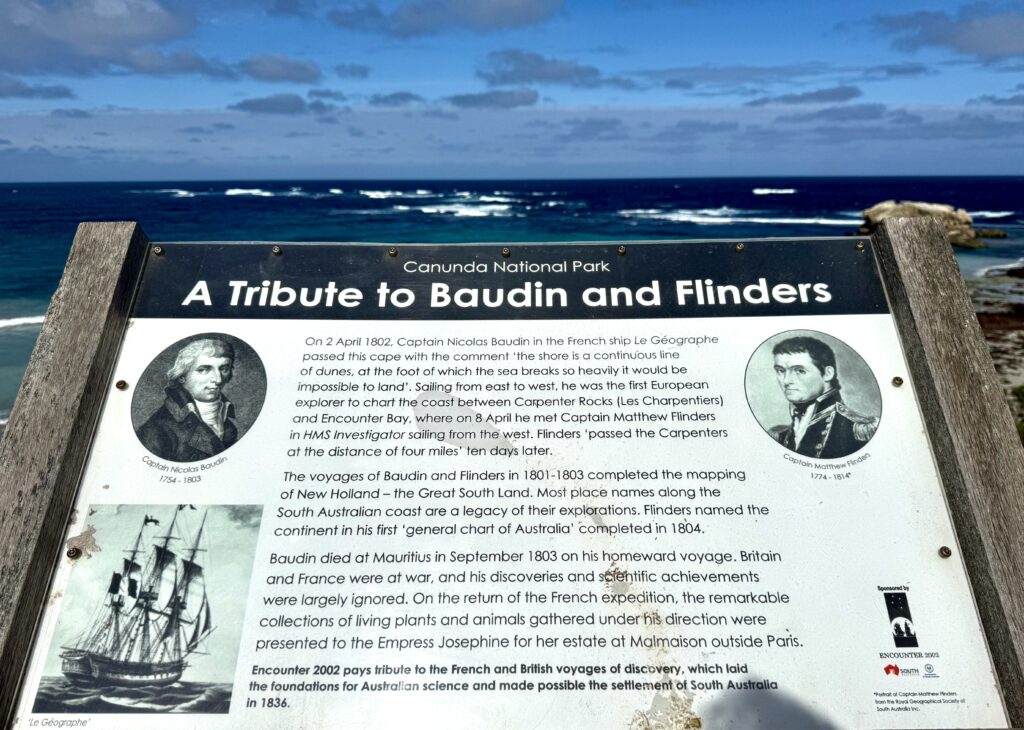
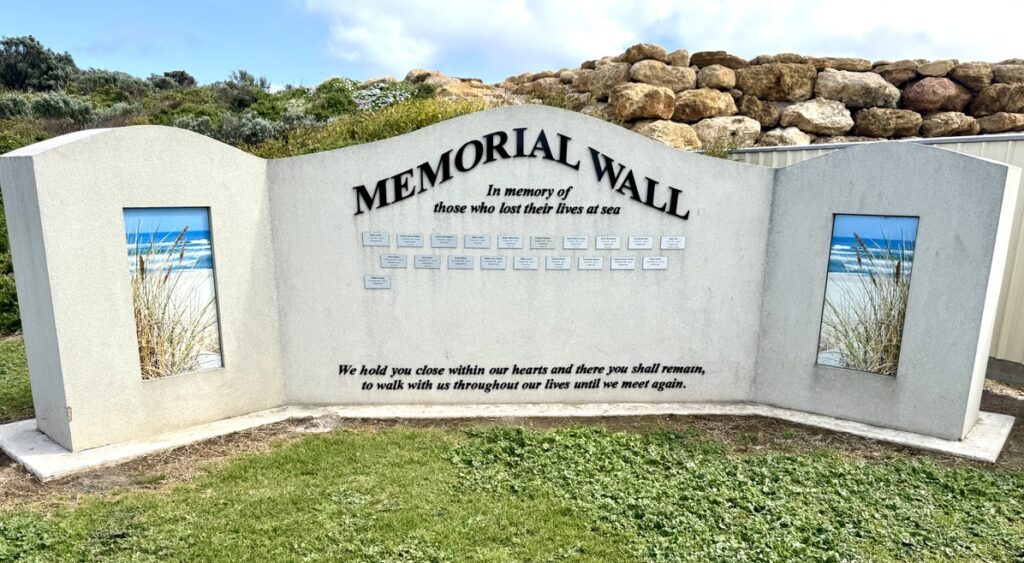
The waters around Carpenter Rocks and Cape Banks continue to claim ships and lives even with todays most sophisticated navigation and safety equipment including the 60′ yacht Pisces Star which was grounded and wrecked on it’s maiden voyage from Perth in 1997, and numerous local fishermen who are recognised on the memorial wall at Carpenter Rocks.
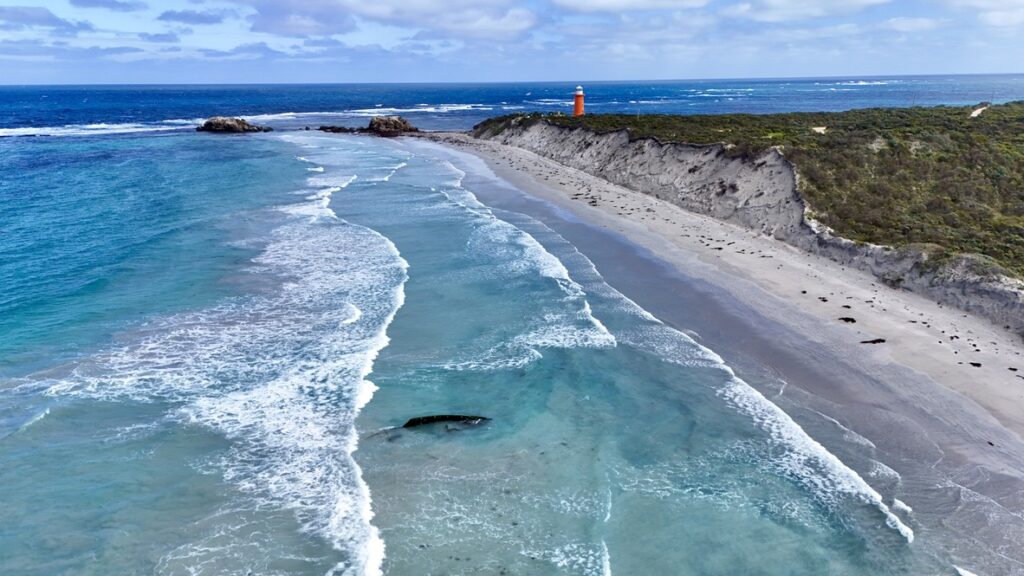
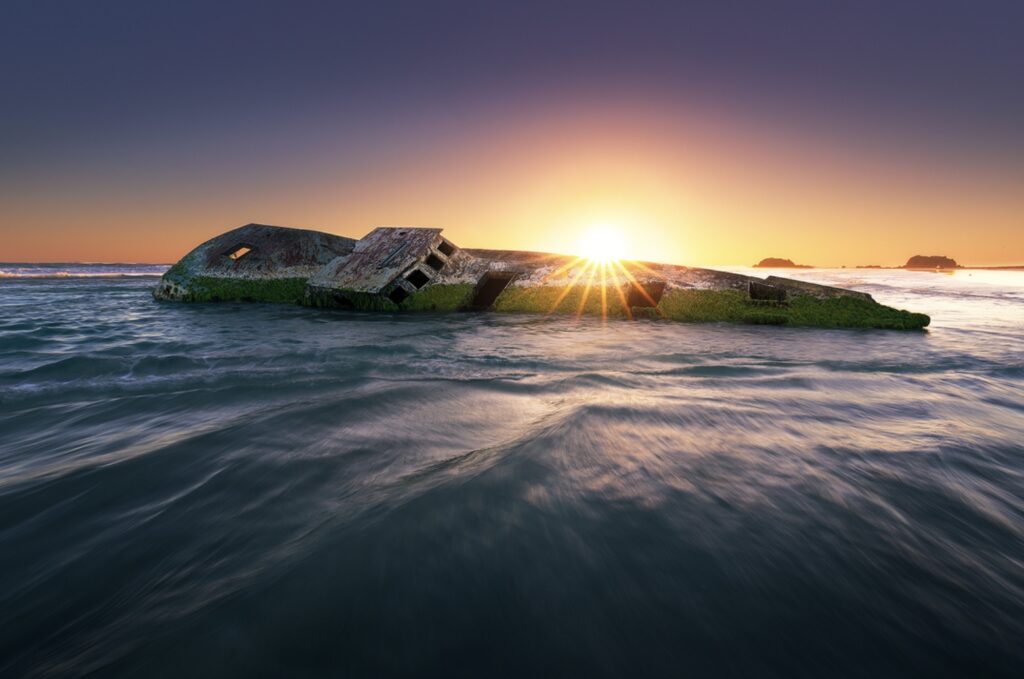
Lighthouse families at Cape Banks established a self-sufficient community that endured extreme isolation while maintaining this crucial navigation aid. Like other remote lighthouse stations across Australia, Cape Banks keepers and their families faced numerous hardships and tragedies inherent to their isolated existence. While specific records of individual keeper names and family tragedies at Cape Banks are limited in available historical documentation, lighthouse families throughout Australia commonly experienced medical emergencies without access to proper healthcare, accidents due to the dangerous coastal environment, and the psychological challenges of prolonged isolation. The harsh conditions meant that children often faced particular risks, with some lighthouse stations recording deaths from diseases that could have been treated with proper medical access, and accidents involving the treacherous coastal terrain and weather conditions.
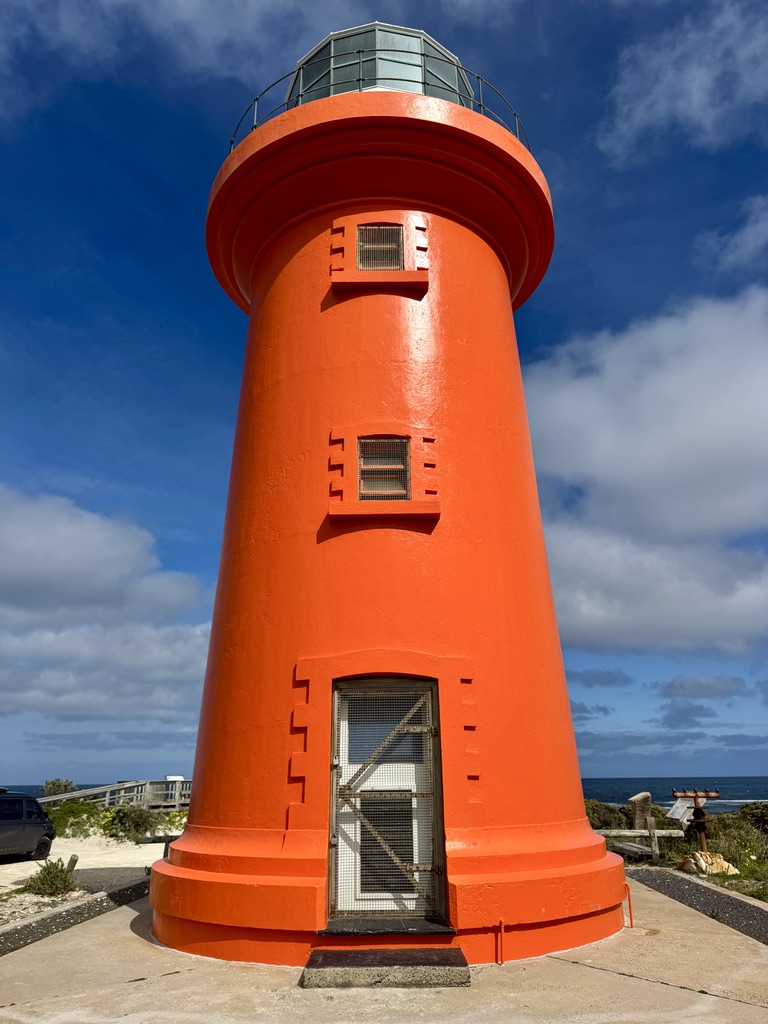
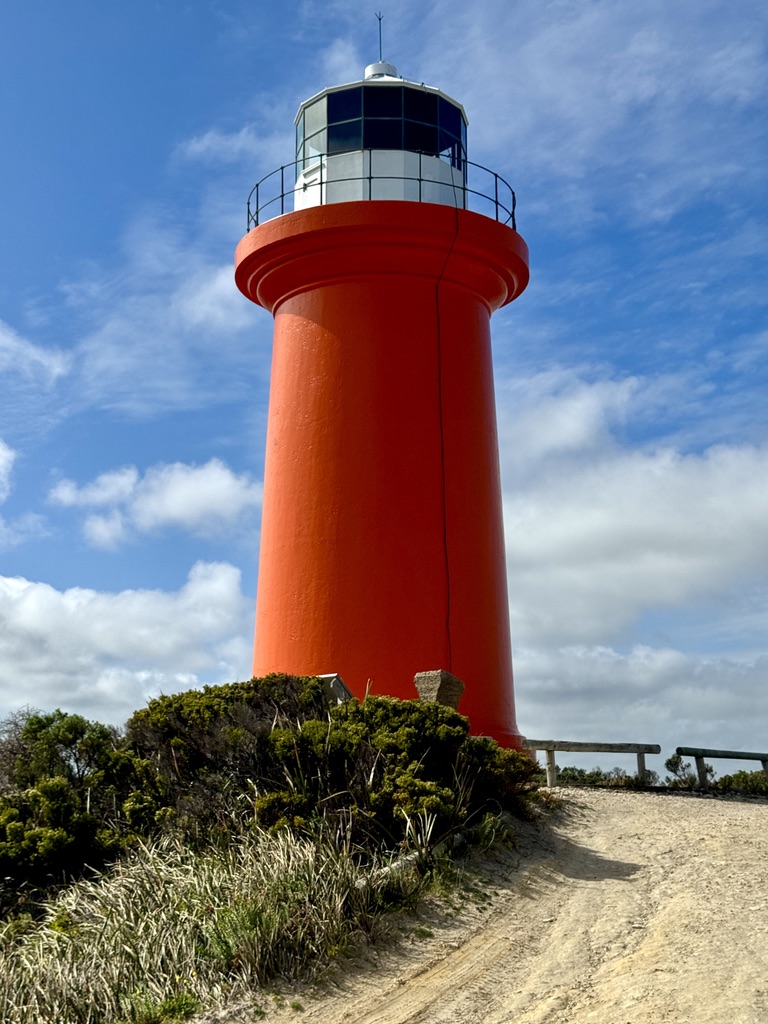
The lighthouse families maintained their isolated community until automation arrived in May 1928, marking the end of nearly half a century of resident lighthouse operations. In May 1928, an automated light was commissioned resulting in the departure of the keeper and their family, representing early adoption of technological innovation that placed Cape Banks among Australia’s pioneering automated lighthouse installations. The keepers’ cottages and store were subsequently demolished after automation, leaving only the lighthouse tower to continue its navigation service.
While lighthouse locations are often associated with ghostly tales due to their isolated nature and tragic maritime histories, the combination of the Admella disaster, other shipwrecks in the area, and the lighthouse’s long history of isolated operation creates an atmosphere that many visitors find evocative of the region’s maritime tragedies and the hardships endured by lighthouse families.
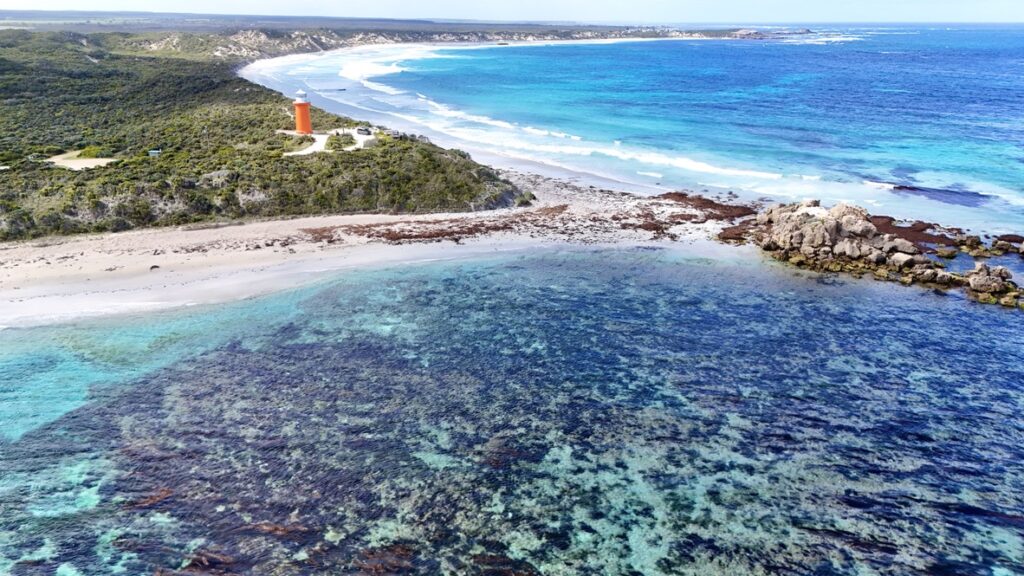
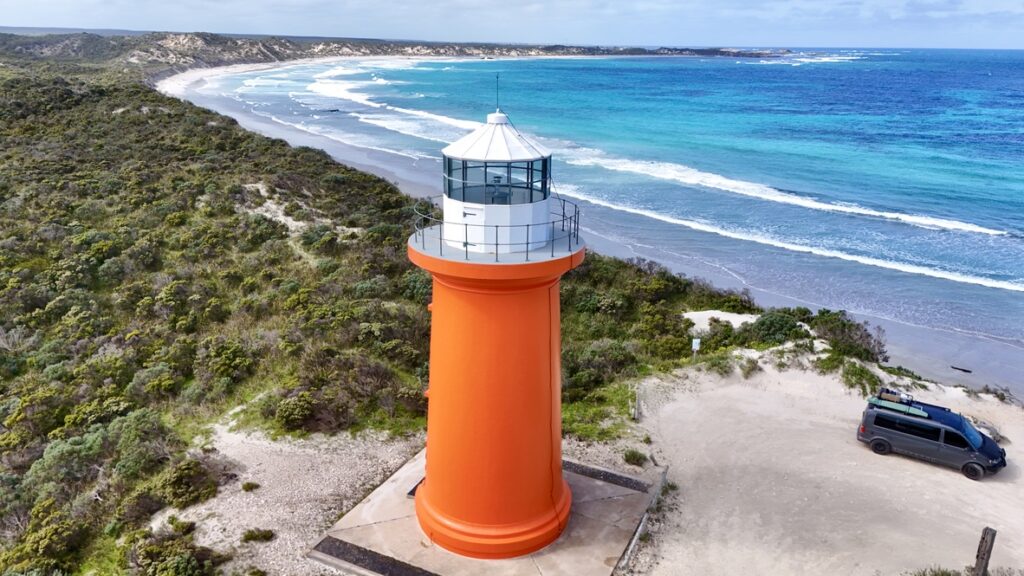
Cape Banks Lighthouse has been listed on the South Australian Heritage Register since November 1999, recognized for its exceptional technical heritage. The lighthouse houses one of only three surviving Deville and Company fourteen-sided lanterns in Australia, representing sophisticated 19th-century optical engineering. Its integration into Canunda National Park in 1997 ensures comprehensive protection of both the historical structure and its environmental context, allowing visitors to appreciate the isolation and natural challenges that defined lighthouse operations while protecting the surrounding coastal ecosystems.
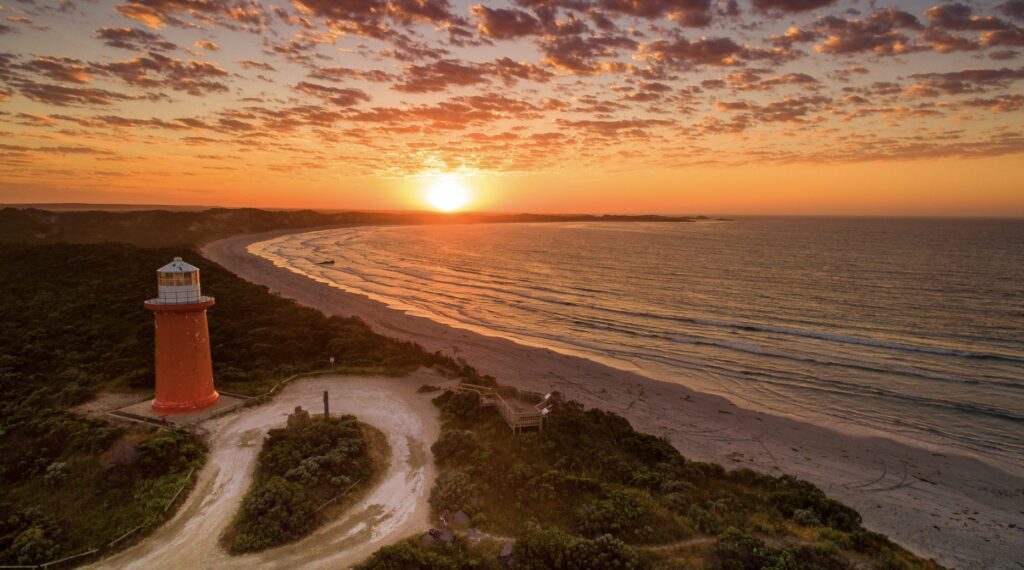
Technical Specifications – Cape Banks Lighthouse
First Exhibited: January 1, 1883
Status: Active (Automated since 1928)
Location: Unnamed headland, Carpenter Rocks locality, South Australia (approximately 2.5km northwest of Carpenter Rocks township)
Construction: 1882-1883, contractor Goss & Lambert of Mount Gambier
Tower Height: Originally 7.5 metres (sources suggest possible later increase to 15 metres, though photographic evidence indicates no significant height change)
Focal Elevation: Approximately 18 metres above high water mark
Construction Material: Local limestone masonry
Original Optic: Recycled catoptric apparatus from Cape Northumberland Lighthouse
Current Light: Automated beacon
Visibility Range: 16-19 kilometres (10-12 nautical miles)
Automation Date: May 1928
Heritage Listing: South Australian Heritage Register (November 11, 1999)
National Park Integration: Canunda National Park (August 14, 1997)
Notable Features: One of only three surviving Deville and Company fourteen-sided lanterns in Australia
Disclaimer: Due to the need to get across the “Top End” in the dry season (which usually ends in October), and to spend time in the outback on the way north I have rushed the first stage of Act 3. In order to document the lighthouses I’ve visited I’ve enlisted the help of Elon Grok and A.I. Claude to help on these Lighthouse Stories. Despite their claims of infallibility I’ve found some of their facts not to be accurate and would welcome any corrections, which they will learn from! I have also sourced a number of photos from the public domain (i.e. Dr Google) to compliment the shots I’ve taken on my travels. I would like to concentrate on telling my personal experiences and thoughts as I travel around and intend to reedit these lighthouse stories when I have time.